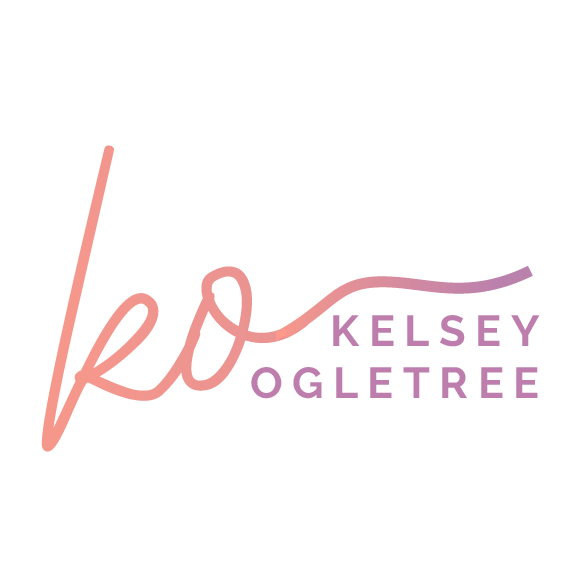How to Nail an Email Interview with a Freelance Writer
I’ve talked before about how phone (or video) interviews are the preferred method for good journalists reporting feature stories. However, when time zones or schedules don’t align to make it happen, or a tight deadline is better suited to a typed response, email interviews are the next best option. Lately, however, I’ve noticed a lot of publicists making the email interview process much more difficult than it has to be. Here are five tips for helping to nail an email interview for your client—and making freelance writers love you for it.
Follow their instructions.
If you get one takeaway from reading this article, it’s to read instructions—and follow them! Read that again. I can’t tell you how many times I spell out exactly how I need a response only to have my directions completely ignored. This is very frustrating, especially when dealing with multiple sources for an article, and will make writers avoid working with you next time if you can’t follow simple directions. (It’s akin to scanning an entire recipe before you bake a cake. Don’t start before reading all the way through.) Pay close attention to the format in which they ask for questions to be responded to. For example, don’t send an email attachment with answers if they ask for a response in the email body. Also note how they want to receive photos (are you making any of these mistakes?).
Keep things on one email chain.
I’ve said it many times, but freelance writers get hundreds of emails per day. If you are having a conversation with a writer about an interview and they send questions to be answered by your client, please send the responses back on the same chain. We don’t need to have our inboxes filled with rogue emails with subject lines like “Response” that leave us confused and having to spend more time searching what it’s in reference to. Note: This happens way too often, and frankly, it’s sloppy. Don’t be this PR person.
Respond in complete sentences.
This sounds like a “duh” point, but you’d be surprised at how many sources answer questions in only a few words. In most cases, this not only doesn’t answer the question thoroughly, but it sounds unprofessional and certainly doesn’t help position your client as an expert. You’ll likely either end up having the freelance writer come back to you asking for more detail (making the process longer and more annoying), or they’ll cut your client from the piece entirely.
Answer all questions.
If a client doesn’t feel like they’re the right expert to answer a question, say so (ASAP)—but don’t just send back a Q&A with only select questions filled out. Doing so will put the freelance writer in a lurch because they’ll be scrambling to find a replacement source who can answer the questions your client skipped, and they won’t be thrilled about working with you again. Transparency is key.
Include source attribution with submitted questions.
If you represent medical professionals, this is especially important—but for all sources, you should include their full name, credentials, title, place of work, location (city and state) and link with their emailed responses. We shouldn’t have to hunt them down on LinkedIn or try to guess this information. Including their full credentials for medical professionals is paramount: We don’t want just the word “Dr.” in front of their name; we need to know that they’re an M.D. who’s double-board certified in emergency medicine and oncology, for example. And it goes without saying, please don’t use nicknames or abbreviated versions of your clients’ names in email correspondence. That’s fine if you refer to them internally that way, but it leaves freelance writers confused and more likely to make a mistake in attribution if you do this (and it happens way more often than you think).
How often do you do email interviews for your clients versus phone interviews? What kind of advice do you give them with regard to answering questions? Share with me in the comments below.

